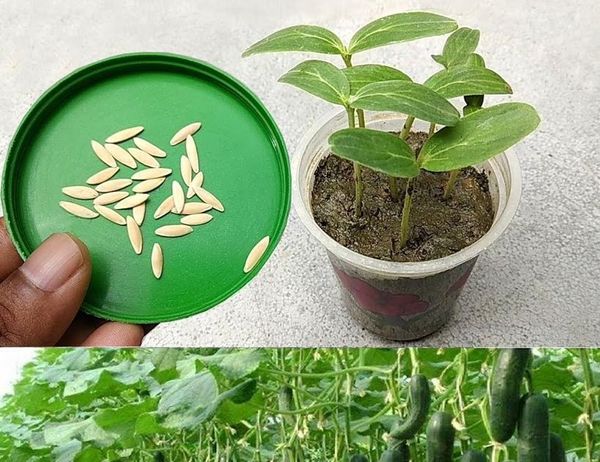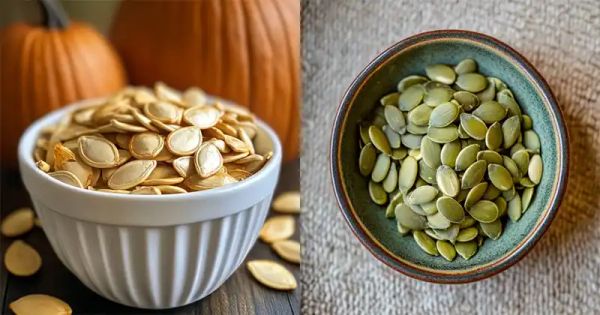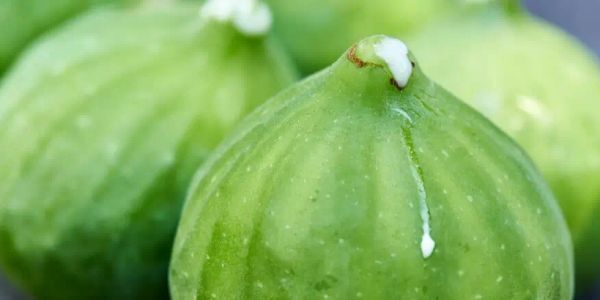Growing cucumbers can be a delightful experience for gardeners of all skill levels. However, it’s important to be aware of common mistakes that can hinder your plants’ growth and yield. Here are seven mistakes to avoid when planting cucumbers to ensure a bountiful harvest, with insights from various sources.
Using the Wrong Soil
Soil pH is crucial for the success of cucumber plants. Cucumbers thrive in neutral pH soil, around 7.0. If your soil is too acidic, your plants may struggle. To create optimal growing conditions, mix your soil with manure. This will ensure the soil is nutrient-rich and provides enough moisture for plant growth.

Ignoring Temperature Requirements
Each cucumber variety has specific temperature needs. For instance, long salad cucumbers require warmer conditions compared to pickling cucumbers. It’s essential to consider these requirements before planting.
Wait until the soil has warmed to at least 55 degrees Fahrenheit before planting your cucumber seeds. Using black mulch can help expedite the warming process of your soil.
Inconsistent Watering
Proper and consistent watering is vital for the health and growth of cucumber plants. Irregular watering can lead to stunted growth, blossom-end rot, and poor fruit production.
To avoid inconsistent watering, check the moisture level of your soil regularly. Cucumbers require consistently moist soil but should not be waterlogged. Set up a regular watering schedule, especially during dry spells or hot summer days.
Overcrowding
Cucumber plants need enough space to thrive. Planting them too close to one another can result in reduced air circulation, increased disease risk, and competition for sunlight and nutrients.
Ensure you provide sufficient spacing between cucumber plants. A general guideline is to maintain a minimum spacing of 12-36 inches between plants, depending on the variety.
Ignoring Pest Management
Cucumbers are susceptible to various pests, including cucumber beetles, aphids, and powdery mildew. Ignoring pest management can lead to serious damage and reduced yield.
Implement preventative measures by using floating row covers, choosing disease-resistant varieties, and practicing crop rotation. Regularly inspect your plants for signs of pests or diseases and take appropriate action.
Lack of Support
Cucumber vines tend to be vigorous climbers. Not providing proper support can result in tangled vines, disease susceptibility, and misshapen fruits.
Consider using trellises, stakes, or fences to support your cucumber plants. This will help keep the vines organized, improve air circulation, and make harvesting easier.
Failing to Harvest Timely
Cucumbers should be harvested promptly to ensure continuous fruit production. Allowing cucumbers to overripen on the vine can reduce the overall yield and quality of future fruits.
Harvest cucumbers when they reach the desired size and color. Regularly check your plants for ripe cucumbers, as they can mature quickly, especially during warm summer months.
By avoiding these common mistakes, you can ensure healthy and productive cucumber plants. Happy gardening!




